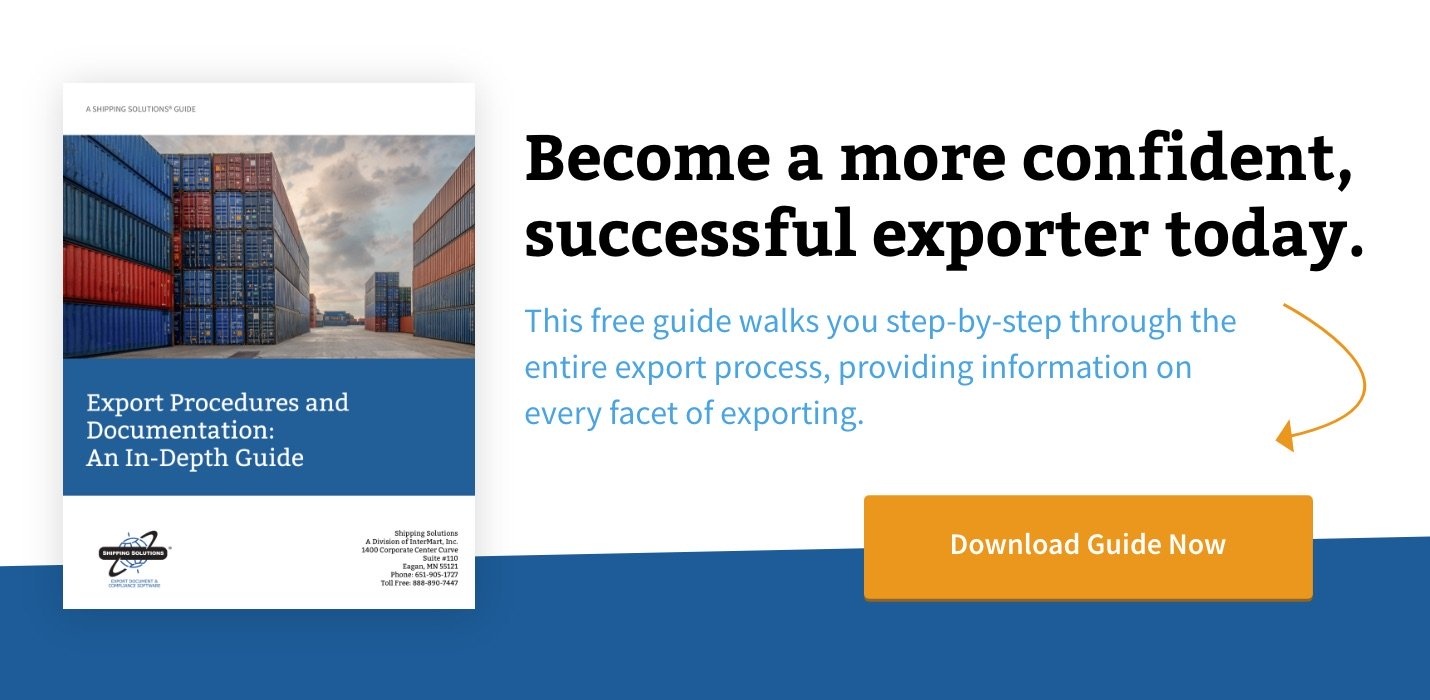The International Trade Blog International Sales & Marketing
Will Your Bank Add Their Confirmation to a Letter of Credit?
On: May 19, 2002 | By:  Chris Lidberg |
3 min. read
Chris Lidberg |
3 min. read
 You may be thinking about the possibilities of a confirmed letter of credit (LC) due to either the credit worthiness of the issuing bank or the political/economic conditions of the issuing bank’s country.
You may be thinking about the possibilities of a confirmed letter of credit (LC) due to either the credit worthiness of the issuing bank or the political/economic conditions of the issuing bank’s country.
Just because you want your bank to add their confirmation, doesn’t mean they will agree. They may also feel uncomfortable with either the issuing bank or their country and, as a result, refuse to add their confirmation.
If an LC has already been issued and your bank is refusing to add their confirmation, you may find yourself feeling somewhat trapped.
Let’s say that your buyer has done everything you asked: They had their bank issue a letter of credit, and they asked your bank to add their confirmation. Unfortunately, for whatever reason, your bank won’t take the risk of confirmation.
Without your bank’s confirmation, you feel uncomfortable shipping against an advised LC. You want the confirmation now more than ever, but you don’t know how to get it.
You have two options:
Option #1
You can return the original advised only letter of credit to the originating bank telling them that you are refusing it since your bank won’t add their confirmation. You will then need to ask the buyer to get his bank to issue a second LC advised to a bank willing to add their confirmation. Not only does this option delay the sales process and add additional costs, it might damage your relationship with the buyer.
Option #2
You can try to amend the LC, deleting the advising bank and the request for their confirmation, and naming a new bank as the advising bank with a request for their confirmation. This may sound easy, but it takes time getting everyone’s agreement.
In either case, you may end up with a confirming bank that isn’t acceptable. So, how can you avoid this mess?
Pre-Confirming a Confirmed Letter of Credit
Next time you want a confirmed LC from a customer, contact your bank immediately and ask if they are willing to add their confirmation. They may be able to indicate whether or not they are willing to add their confirmation. They may also be willing to indicate what the cost for the confirmation would be.
A bank will only give you an indication of their willingness to confirm the LC because the world economy and political situations can be very volatile. If the LC was at the bank’s counters today, they would be willing to confirm it for a stated cost. However, by the time the credit actually arrives at the bank, any one of the following events may have taken place, which may prohibit them from adding their confirmation or require them to change their pricing:
- The creditworthiness of the bank or of the country may have deteriorated. If this has happened, the bank may no longer have an appetite for the credit risk. The issuing bank’s line of credit may not have the capacity to allow the confirmation.
- The issuing bank must have a line of credit with sufficient availability to cover confirmation of the letter of credit. It may be possible to increase the line of credit to cover the confirmation, but the request for an increase in line may be turned down.
- The bank’s country limit may exceed the request for confirmation. Banks today are very good at managing their country risk. They do this by identifying how much exposure they find acceptable on a country-by-country basis. Again, it may be possible to increase the country limit to cover the confirmation, but the request for an increase may be turned down.
- If the risk of confirmation has increased, the cost of the confirmation will go up. The confirmation fee is based on how much risk the bank feels they are taking. The more risk, the higher the fee.
When you contact the bank to find out if they have an interest in confirmation, be ready to supply them with the name and country of the issuing bank, the amount of the letter of credit, how long the letter of credit would be opened, and the tenor of the draft. This is information that you should gather before the buyer actually applies for the letter of credit.
If your bank indicates that they are willing to add their confirmation to an LC, then—and only then—should you tell the buyer to go ahead with the application requesting that your bank be nominated as both the advising and confirming bank.
This article was first published in May 2002 and has been updated to include current information, links and formatting.

About the Author: Chris Lidberg
Ms. Chris Lidberg was an independent consultant in the area of international banking and Letters of Credit. Ms. Lidberg had more than 25 years of international banking experience, most recently as Vice President at U.S. Bank where she was part of the International Trade Services Division. She was responsible for selling the bank's international products to both customers and prospects, and conducting Letter of Credit seminars.
During her 25 years in banking, 15 of those years were spent in the Letter of Credit area, holding various supervisory positions, later to manage the Letter of Credit department. MS. Lidberg went on to become the manager of International Operations where she was responsible for managing not only Letters of Credit, but also International Collections, Money Transfers, Cash Letters, Investigations and all Telex and SWIFT activities for the bank.



